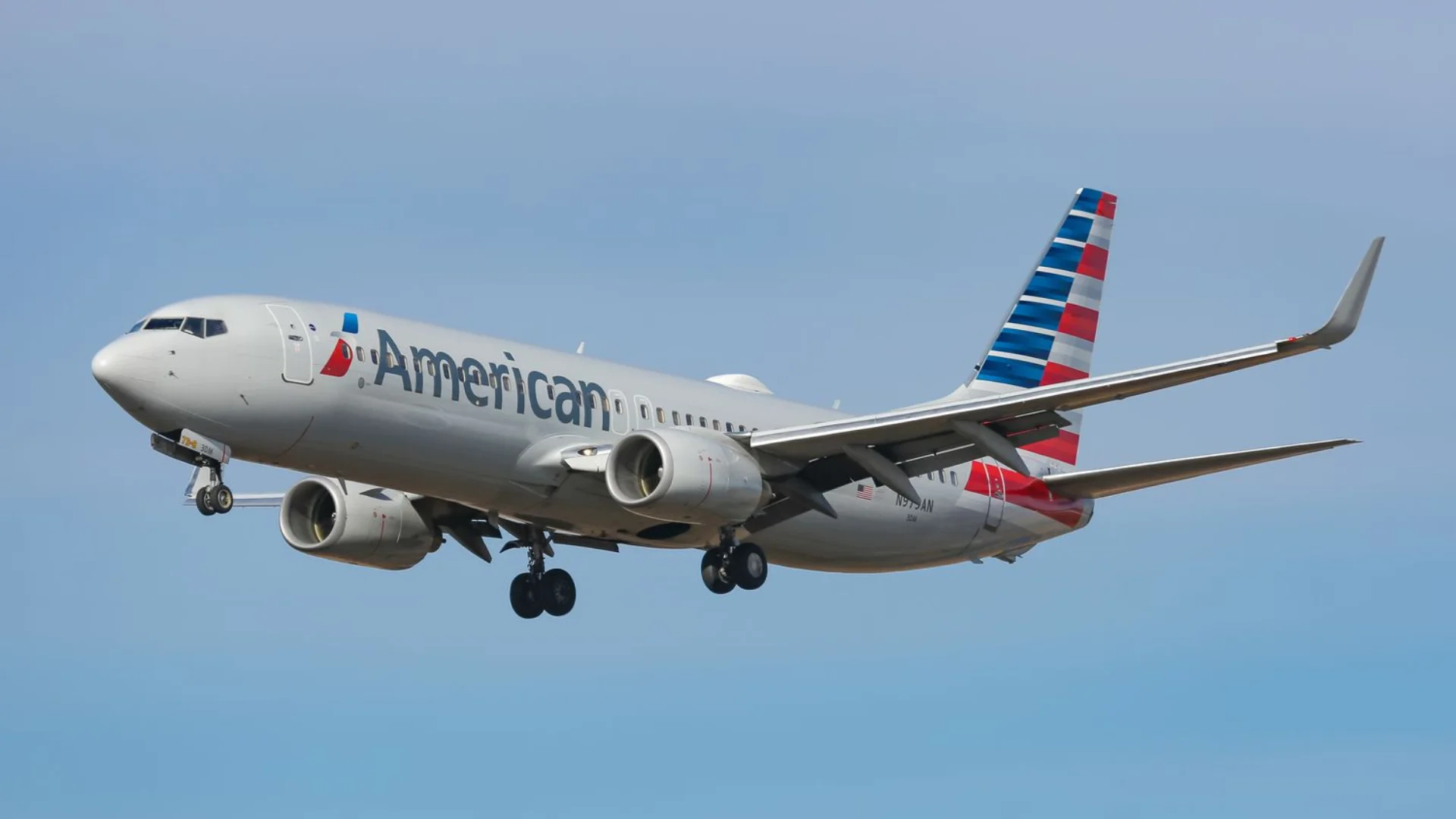The Boeing X-32 and Lockheed Martin X-35 were both developed as part of the Joint Strike Fighter competition, with a requirement for Short Takeoff and Vertical Landing (STOVL) capabilities. The competition aimed to find a replacement for the F-16, F/A-18, and AV-8B Harrier II. Although STOVL was only one aspect considered in selecting the winner, it played a significant role.
Ward Carroll, a former F-14 Tomcat fighter pilot and host of a YouTube channel, discussed the competition with Phil "Rowdy" Yates. Yates was the chief test pilot for Boeing's X-32 during its concept demonstration phase. He explained that Boeing's design used an updated Harrier model with redirected thrust from the main engine using thrust posts on the wing tips.
Both Boeing and Lockheed Martin collaborated with Rolls-Royce to develop their demonstrators. The X-32 focused on simplicity by utilizing a single-engine cycle for both conventional flight and vertical lift to reduce maintenance costs.
 Alerts Sign-up
Alerts Sign-up


























